|
Have you ever noticed how excited young kids get when they match the shape with the hole in the shape matching games? From the time they are very young, children are exposed to geometry in their world. One of the most rewarding things about being a primary teacher is watching kids discover geometry for the first time. There's something so special about seeing the lightbulb moment when they realize that the world is full of shapes and patterns. Teaching GeometryGeometry is a fascinating subject that can be discovered anywhere, from the shapes in our environment to the patterns in nature. For primary kids, geometry is a great way to develop their spatial awareness and problem-solving skills. But, teaching geometry to kids isn't always easy. Some learners struggle with abstract concepts like 2D and 3D shapes. That's why it's important to use a variety of activities and games to help them explore geometry in a concrete way. I am always looking for fun and engaging ways to teach geometry to my students. I love incorporating games and activities into my lessons, and I have found that this really helps to capture the attention of my kids. There are lots of different games and activities that can be used to help them understand 2D and 3D geometry. And best of all, they can learn without even realizing it. I am a strong believer in connecting learning to real world experiences. This helps kids to better understand their world and to make sense of the abstract concepts they learn at school. Geometry is all around us, so there are plenty of opportunities to incorporate it into everyday life. Here are just a few ideas to get you started. 2D GeometryStart with the basics – help your kids to recognise and name common 2D shapes. Then move on to introducing basic properties such as sides and angles. You can use real-life examples to illustrate these concepts – for example, a plate is a good example of a circle, a slice of pizza is a triangle, and a door is a rectangle. Once your kids have mastered the basics, there are lots of fun activities you can do to help them consolidate their learning. Here are some 2D resources that can help you get started. 2D Shapes Around Us 2D Shapes Bingo 2D Environmental Shapes Task Cards 2D Shapes - I Have, Who Has? 3D Geometry3D geometry can be a little more challenging for primary kids, but it’s still important for them to learn the basics. Start by helping them to identify common 3D shapes such as spheres, cubes and cylinders. Again, you can use real-world examples to illustrate these concepts – for instance, a tennis ball is a sphere, while a block of cheese is a cube and a tin can is a cylinder. Being able to identify the different shapes by their attributes is more complex, but with practice and hands on activities they will be able to do it. Once your kids have grasped the basics, there are lots of fun activities you can do to consolidate their learning. One of my favorite activities to do with my students is a geometric solids scavenger hunt. I give them a list of items to find and bring to school. After the objects have been found, we use them to test out different things and then we build structures with them. Note: Make sure that they have permission to create things with them. Interested in getting a copy of my scavenger hunt and bingo resource? It is available for free for my newsletter subscribers. Here are some other 3D resources that can help you get started. 3D Geometric Solids Posters 3D Geometric Solids Task Cards 3D Environmental Shapes Kids get really excited when the geometric solids come out. They are curious by nature, and they love being able to build and create things. The more they get this hands on experience, the more they are able to understand how the different attributes affect the use of the different solids. They learn what solids can be stacked together, what ones roll, what ones slide, and what ones are best for stability, just to name a few. Here is a set of activities that I created for my students. They loved trying out these different structures and creating their own. They also had fun testing out which solids could slide or roll. Check it out here. These are just a few ideas to get you started. With a little creativity and imagination, learning geometry can be great fun – for both you and your students! Don't forget to grab your free copy of Geometric Solids Scavenger Hunt And Bingo. Related Posts
0 Comments
Leave a Reply. |
About Me Charlene Sequeira
I am a wife, mother of 4, grandmother of 9, and a retired primary and music teacher. I love working with kids and continue to volunteer at school and teach ukulele. Categories
All
|
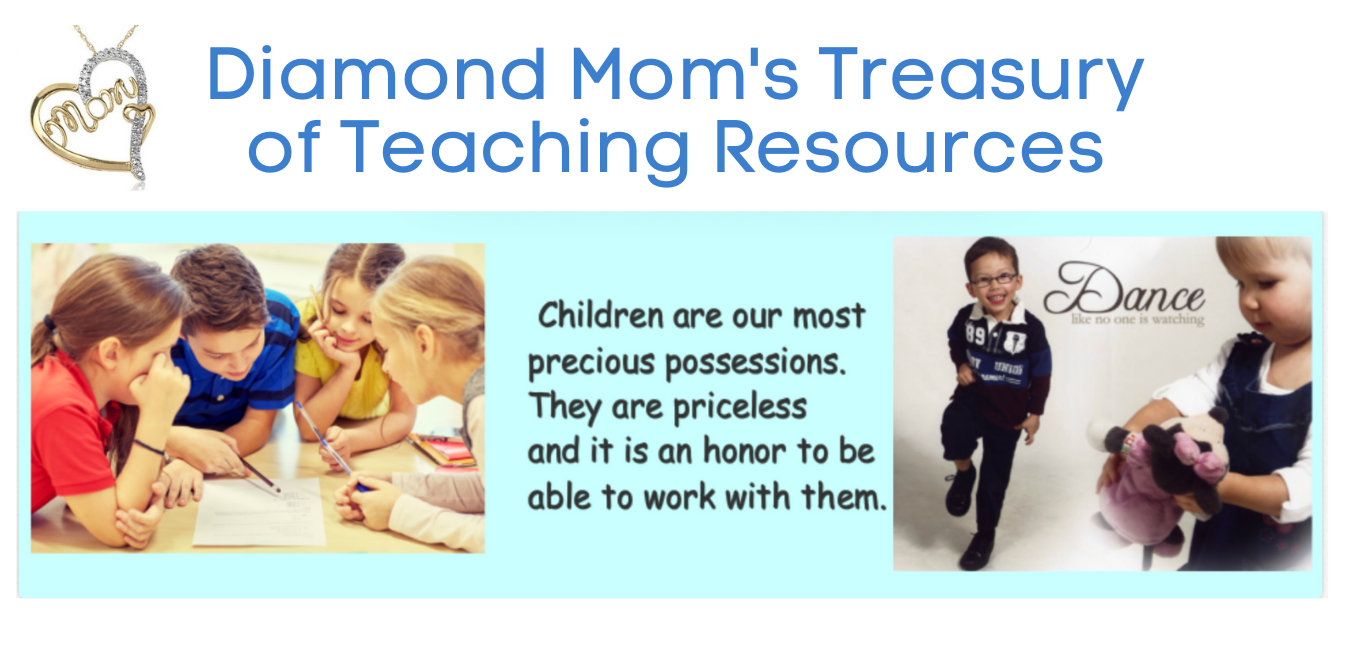
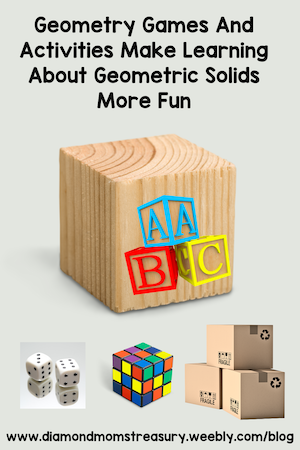
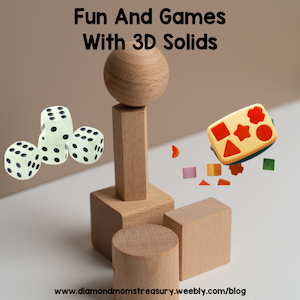
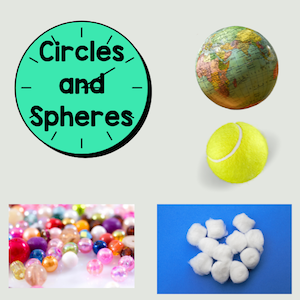
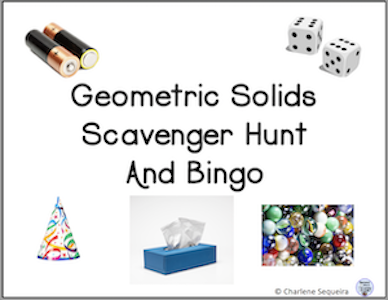
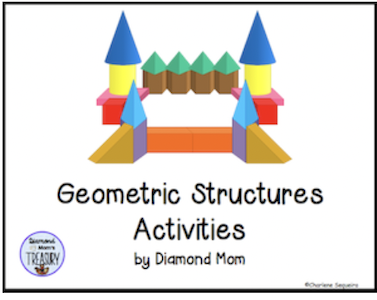
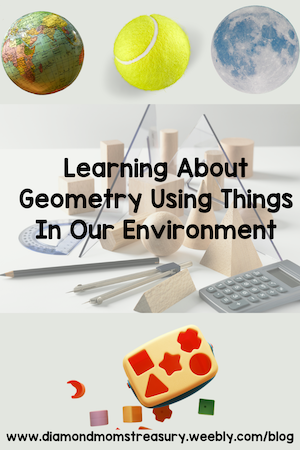

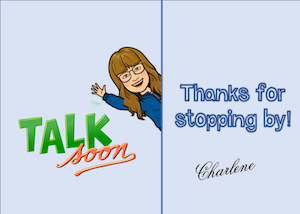
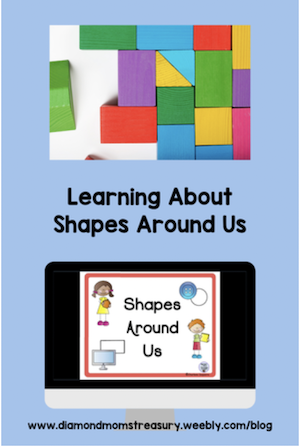
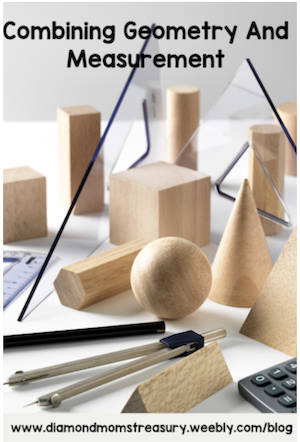
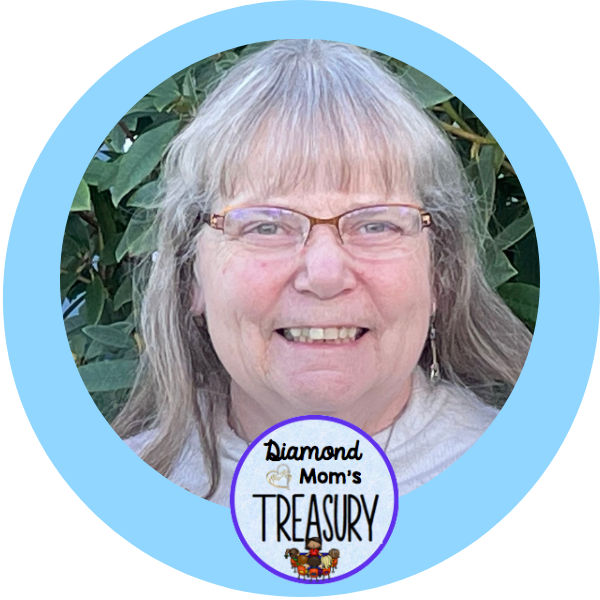

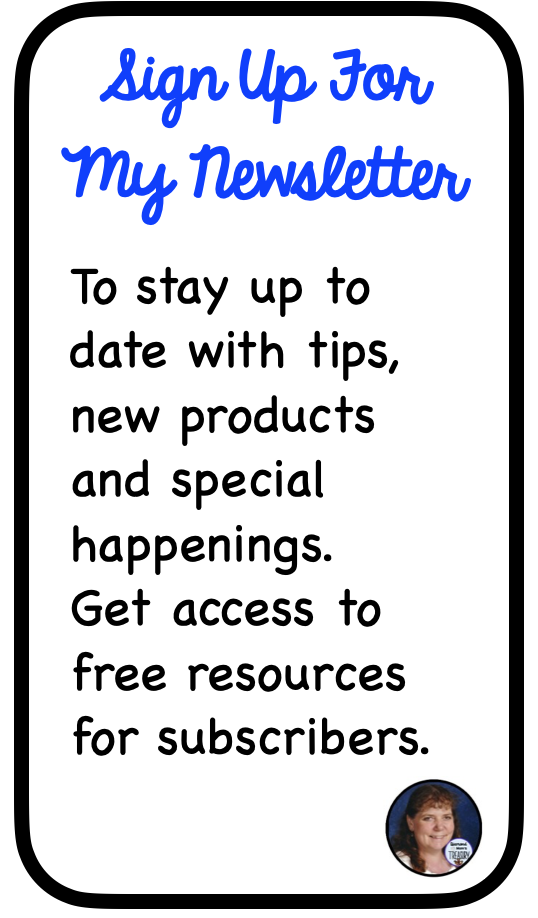
 RSS Feed
RSS Feed